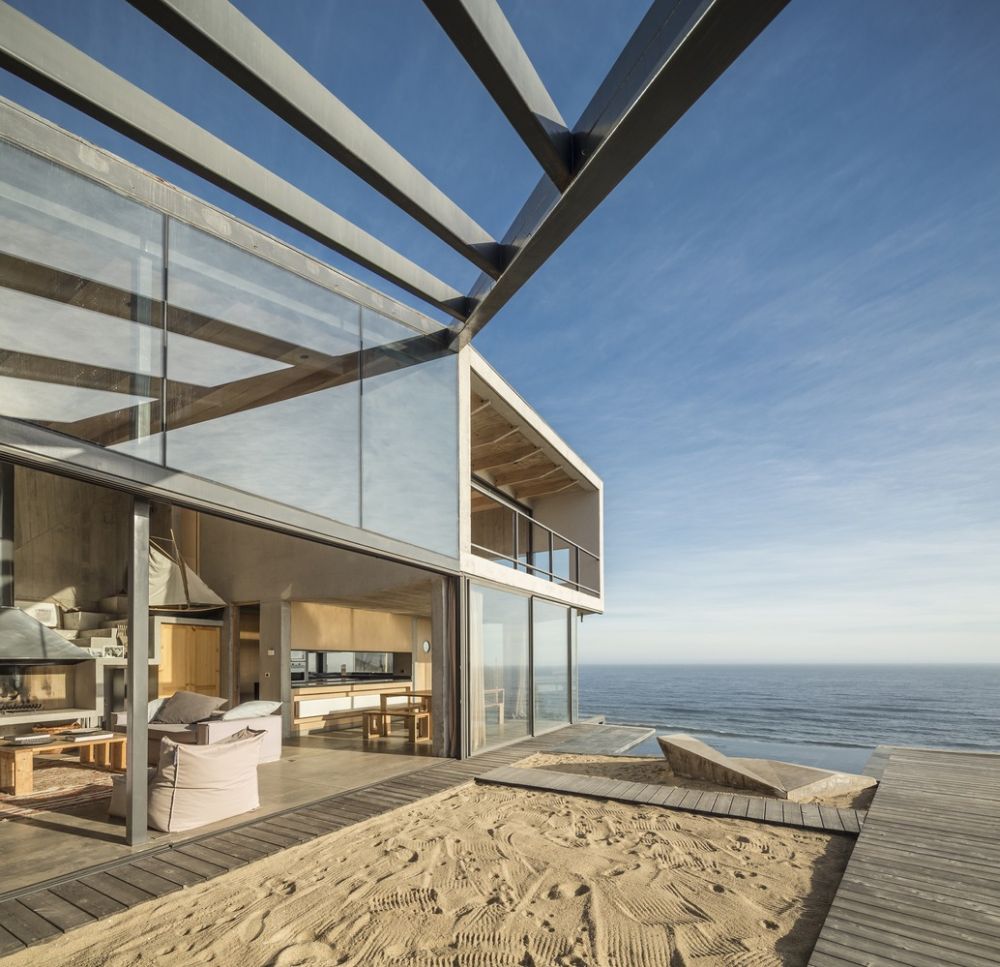Sustainable design has become increasingly important in the architectural and construction industry, with a growing emphasis on environmentally friendly and energy-efficient solutions. Green home design focuses on reducing the environmental impact of residential buildings while creating healthy, comfortable, and cost-effective living spaces. Here are key considerations and green home solutions for sustainable design:
- Energy-Efficient Design: Green homes prioritize energy efficiency through passive solar design, proper insulation, high-performance windows, and efficient heating, cooling, and ventilation systems. These measures help reduce energy consumption and minimize the carbon footprint of the home.
- Renewable Energy Integration: Incorporating renewable energy sources such as solar panels, wind turbines, and geothermal systems allows homeowners to generate clean and sustainable energy, reducing reliance on traditional power sources and lowering utility bills.
- Sustainable Materials: Green homes utilize eco-friendly, renewable, and recycled materials to minimize environmental impact. Materials such as FSC-certified wood, reclaimed timber, bamboo, and recycled steel are often used, promoting sustainability and responsible sourcing.
- Water Conservation: Green home design focuses on water efficiency through the use of low-flow fixtures, rainwater harvesting systems, and eco-friendly landscaping practices. These measures help conserve water resources and minimize water waste.
- Indoor Air Quality: Sustainable homes prioritize healthy indoor air quality through the use of low-VOC paints, non-toxic finishes, and natural ventilation systems. This creates a healthier living environment and reduces indoor air pollution.
- Passive Design Strategies: Passive design techniques, such as proper building orientation, shading, and natural cross-ventilation, optimize thermal comfort and minimize the need for mechanical heating and cooling, leading to energy savings.
- Green Roof and Living Walls: Green roofs and living walls contribute to energy efficiency, improve air quality, and manage stormwater runoff, adding to the sustainability and ecological benefits of a home.
- Smart Home Technology: Integrating smart home systems and energy management technologies allows for efficient control of lighting, heating, cooling, and appliances, optimizing energy usage and improving overall performance.
- Site Design and Landscaping: Sustainable site planning involves reducing site disturbance, preserving natural habitats, and implementing water-efficient landscaping, including native plants and water-conscious irrigation systems.
- Life-Cycle Analysis: Green home design considers the life-cycle environmental impact of materials, systems, and construction practices, ensuring a holistic and sustainable approach to the entire building process.
Designing with sustainability in mind not only minimizes the environmental footprint of residential buildings but also promotes healthier, more comfortable, and cost-effective living spaces. Green home solutions play a crucial role in creating homes that are resilient, resource-efficient, and in harmony with the natural environment, supporting a more sustainable and responsible way of living.
